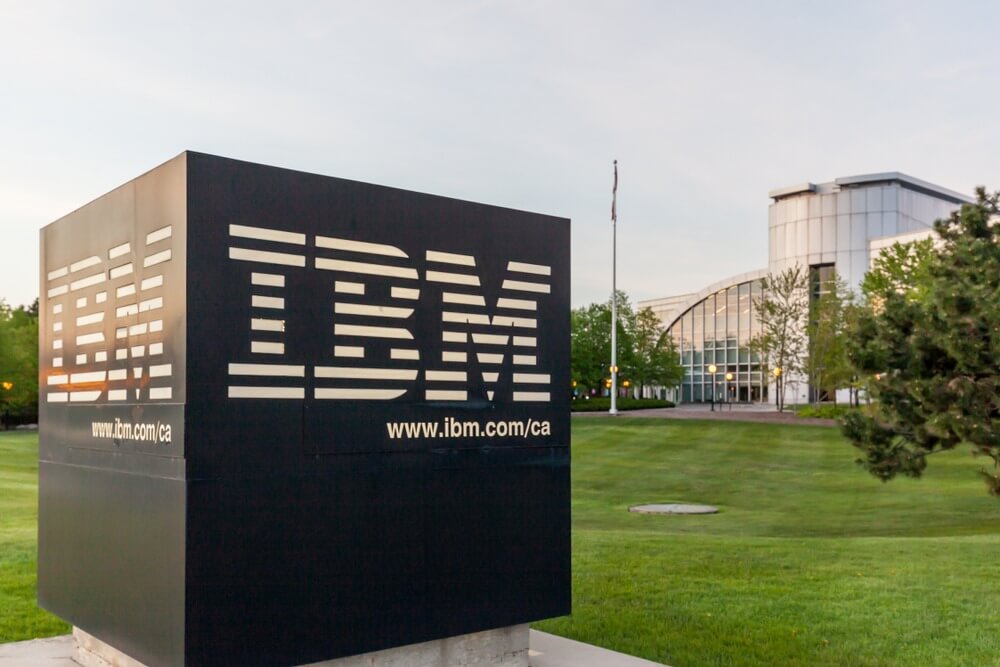IBM is embarking on an ambitious endeavor to construct the world's first large-scale, fault-tolerant quantum computer, a project that promises to revolutionize computation and unlock solutions to some of the most complex problems facing humanity. The company has laid out a clear roadmap, targeting 2029 for the delivery of its groundbreaking "IBM Quantum Starling" system. This initiative signifies a major leap from current quantum systems, which, while promising, are still largely confined to research labs due to their error-prone nature.
The IBM Quantum Starling, to be housed in a new IBM Quantum Data Center in Poughkeepsie, New York, is projected to perform 20,000 times more operations than today's quantum computers. To represent the computational state of Starling would require the memory of more than a quindecillion (10^48) of the world's most powerful supercomputers. This immense computational power stems from its design, incorporating 200 logical qubits capable of executing 100 million quantum operations with accuracy. Logical qubits are quantum computing units protected against errors through sophisticated encoding across multiple physical components.
IBM's approach to building a large-scale quantum computer involves addressing the critical issue of error correction. Quantum computers are inherently susceptible to noise and errors, which limit the size and complexity of the problems they can solve. The company has developed novel error-correction techniques, including quantum low-density parity check (qLDPC) codes, that drastically reduce the number of physical qubits needed for error correction, cutting required overhead by approximately 90 percent compared to other leading codes.
Before Starling's arrival, IBM plans to roll out several key developments. In 2026, the company anticipates demonstrating "quantum advantage," where quantum computers begin to outperform classical computers in practical applications. The IBM Quantum Loon, debuting later in 2025, will serve as a platform for testing architecture components for the new qLDPC code. IBM Quantum Kookaburra, expected in 2026, will be IBM's first modular processor designed to store and process encoded information, combining quantum memory with logic operations. In 2027, IBM Quantum Cockatoo will link quantum chips together like nodes in a larger system.
Looking further ahead, IBM envisions "Blue Jay," a system with 2,000 logical qubits capable of executing 1 billion quantum operations, slated for 2033. These advancements are not merely theoretical; IBM has been consistently delivering on its quantum roadmap since 2020, instilling confidence in its ability to achieve its ambitious goals.
The potential impact of large-scale, fault-tolerant quantum computers is vast. They could accelerate advancements in drug development, materials discovery, chemistry, and optimization, leading to significant time and cost efficiencies. McKinsey estimates that quantum computing could create $1.3 trillion in value by 2035.
IBM's commitment extends beyond hardware. The company has developed Qiskit 2.0, an open-source development kit, to enable researchers to develop algorithms and programs for future quantum systems. Furthermore, IBM is actively working to enhance its software and tools, including error mitigation techniques and workflow accelerators, to optimize the communication between quantum and classical resources.
IBM's initiative marks a turning point in the quantum computing landscape, shifting the focus from experimental technology to enterprise-ready infrastructure. By addressing the challenges of scalability and error correction, IBM is paving the way for quantum computers to solve real-world problems and unlock immense possibilities for business and society.

















